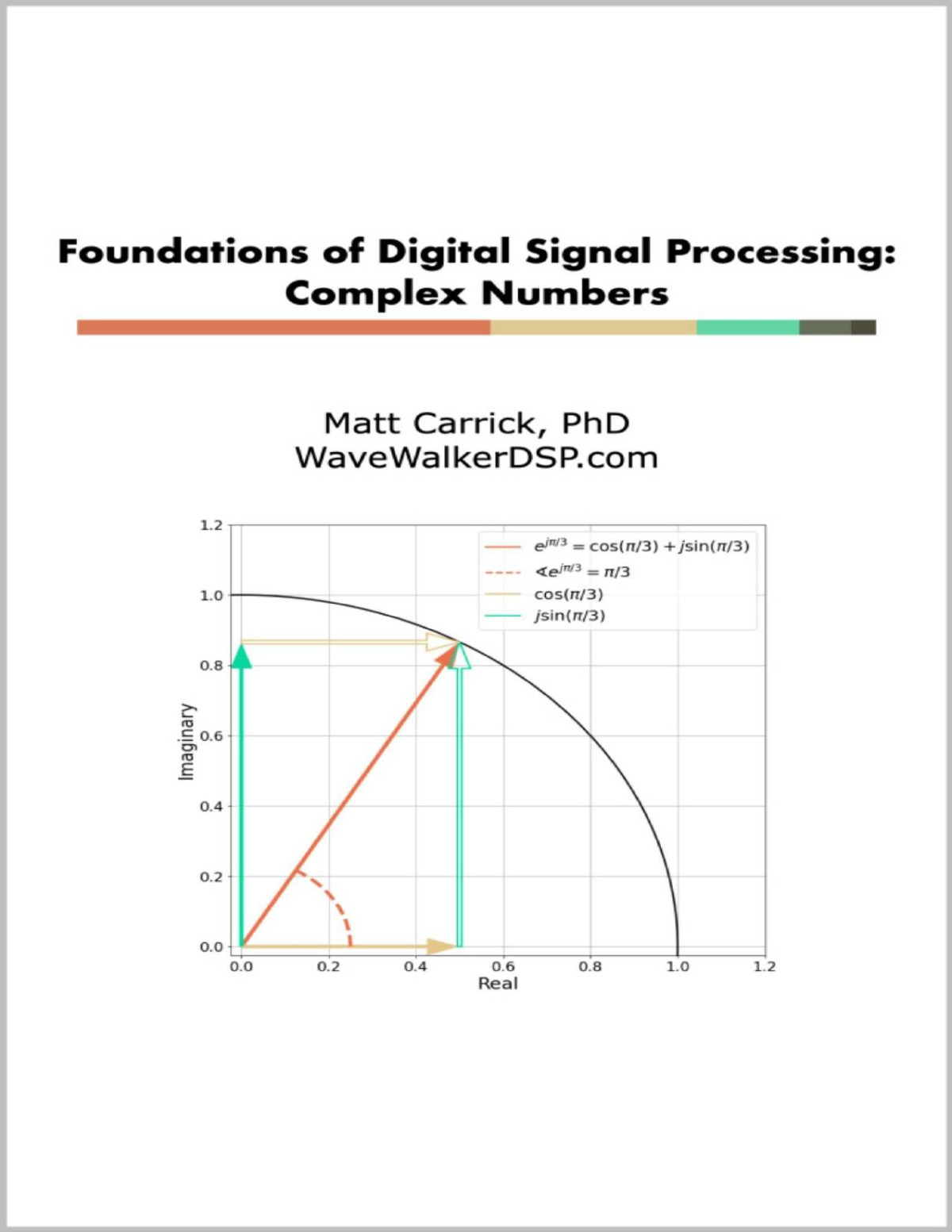

Most ebook files are in PDF format, so you can easily read them using various software such as Foxit Reader or directly on the Google Chrome browser.
Some ebook files are released by publishers in other formats such as .awz, .mobi, .epub, .fb2, etc. You may need to install specific software to read these formats on mobile/PC, such as Calibre.
Please read the tutorial at this link: https://ebookbell.com/faq
We offer FREE conversion to the popular formats you request; however, this may take some time. Therefore, right after payment, please email us, and we will try to provide the service as quickly as possible.
For some exceptional file formats or broken links (if any), please refrain from opening any disputes. Instead, email us first, and we will try to assist within a maximum of 6 hours.
EbookBell Team

4.0
96 reviews[conversion to pdf]
Would you believe that today’s most sophisticated wireless communications systems are based on the geometry and trigonometry taught in high school? It’s true! This book applies basic geometry and trigonometry to complex numbers to establish a proper mathematical foundation for a successful DSP career.
This book answers the following questions and many others
Why are complex numbers used in DSP?
Why does Euler's formula use cosine and sine?
Why are Cartesian form and Polar form complex numbers needed?
Why does geometry and trigonometry apply to complex numbers?
Why are radians used for angles?
The book also includes simple derivations for
Deriving Euler's formula
Taking the derivative of cosine and sine
Proving the phase relationship between cosine and sine